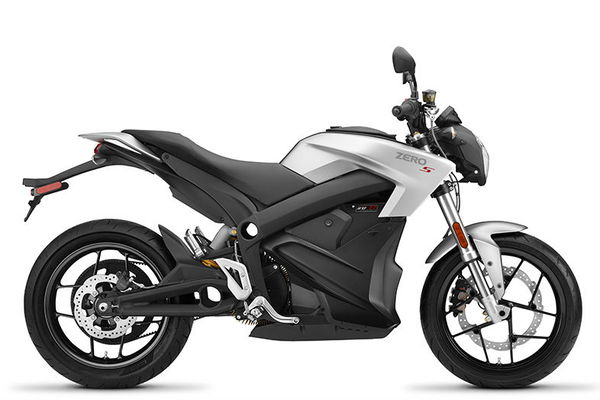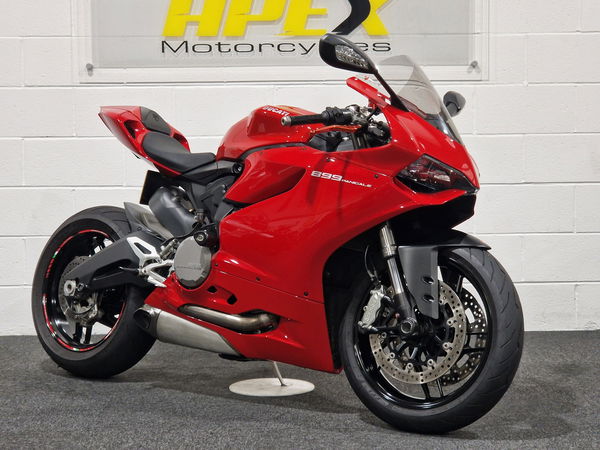Boost for electric bikes in Budget
But are electric motorcycles really a viable alternative yet? Visordown's about to find out.

ELECTRIC bikes got a boost in Wednesday's Budget in the form of a £200m investment commitment in charging infrastructure. But are the vehicles themselves anywhere close to offering realistic replacements for our petrol-powered bikes yet?
I'll be finding out over the next two weeks when I go cold turkey on petrol and borrow a Zero S for what will be the first UK test of the updated 2018 model.
It now charges up to six times faster, giving a claimed 85 miles for every hour plugged in, while maximum claimed range on a combination of roads is 150 miles. You can charge it at a domestic socket and it makes a claimed 60hp and 81lbft.
On paper, it should easily be able to do everything my Suzuki SV650S does, including my 120-mile round-trip commute to work. I'll let you know soon with a report and video whether the Zero S, which costs from at €12,700 (£11,309), is really a viable alternative.
The Chancellor of the Exchequer, Philip Hammond, announced on Wednesday that the government would invest £200m to support the wider roll out of charging infrastructure, matched by private investment to create a £400m ‘Charging Investment Infrastructure Fund’ to increase the network of charging points for ultra low emission vehicles.
Zero Motorcycles’ UK Manager Dale Robinson said: “It’s good news that the government continues to recognise the role that electric vehicles can play in providing a cleaner future. In this past year we have seen a great deal of interest in Zero motorcycles from both the press and public alike and a constant improvement in the infrastructure will give more and more people a reason to go electric.
"The 2018 Zeros have 10% more range than the 2017 models, over 230 miles in the city, and the option of the factory fitted Charge Tank means that riders will be able to take advantage of these increasing number of charging points and recharge quickly while out on the road, and this commitment to invest in the infrastructure is good news for our current and potential owners.”











